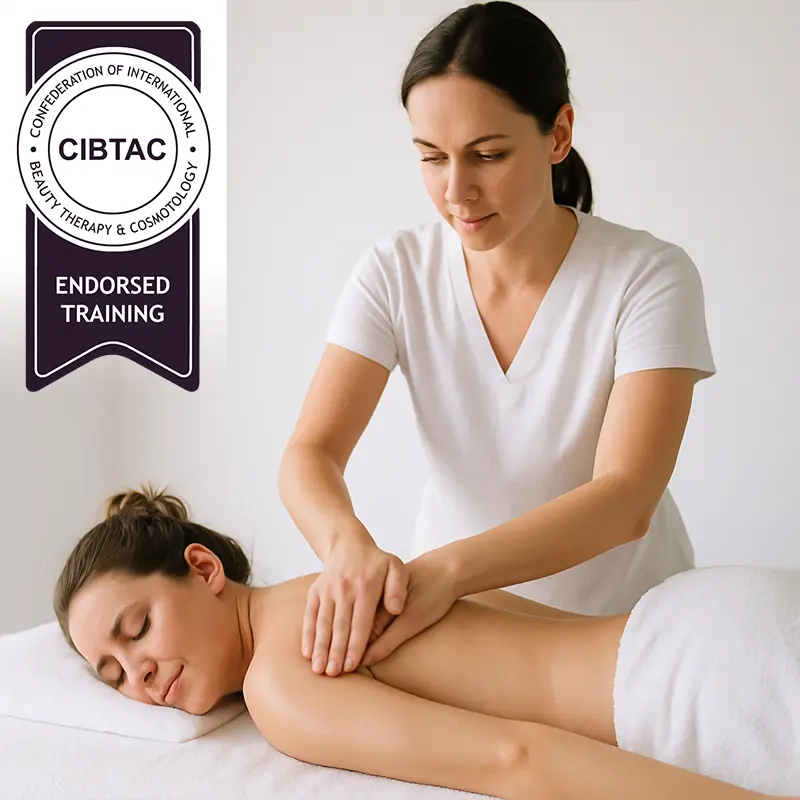15 Days CIBTAC Certificate in Body (Swedish) Massage + CIBTAC Endorsed Intuitive Massage
Unlock the Power of Touch with Intuitive & Swedish Massage Training in Bali
Immerse yourself in the ultimate learning experience, whether you’re a complete beginner or ready to deepen your healing skills. This hands-on program blends intuitive techniques with classic Swedish massage, backed by internationally recognized CIBTAC certifications and a strong foundation in anatomy & physiology.
By completing this course, you will receive:
- CIBTAC Level 3 Certificate in Body (Swedish) Massage
- CIBTAC-Endorsed Certificate in Intuitive Massage
Whether you’re starting a new career or enhancing your existing skills, this hands-on program equips you with the tools, knowledge, and confidence to work in spas, wellness centres, or launch your own practice.
Price: $2680.00
Upgrade to receive a CIBTAC qualification
The Next CIBTAC exam is in October 2025, Registration for these exam will be open from April to June 2025. Course start in September 2025 |
Saturday and Sunday time to enjoy all the splendours Bali has to offer
“The Island of the Gods”
Pre- requisite for all Bali BISA CIBTAC Endorsed Programs: CIBTAC Certificate in Body Massage
What’s Included
- Comprehensive Training Manual
- Anatomy & Physiology E-Learning Access
- High-Quality Training Videos (Swedish & Intuitive Massage)
- All Necessary Products, Tools & Equipment
- Real Clients for Practical Sessions
- Theory & Practical Exams
- CIBTAC Endorsed Certificate in Intuitive Massage
- CIBTAC Level 3 Certificate in Body Massage
Who Can Join?
Perfect for beginners or those new to wellness, this course requires no previous experience. It’s ideal for:
- Career changers entering the massage or spa industry
- Holistic wellness seekers
- Anyone looking for internationally accredited certification
Contact us for more information

